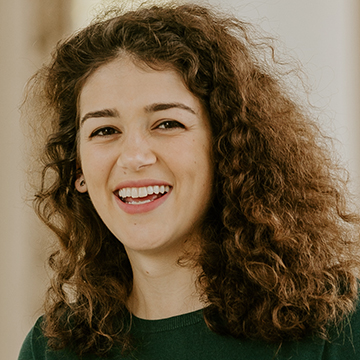[an error occurred while processing this directive]
[an error occurred while processing this directive]
 [an error occurred while processing this directive]
[an error occurred while processing this directive]
PhD Candidate
[an error occurred while processing this directive]
University of Texas at Austin
[an error occurred while processing this directive]
[an error occurred while processing this directive]
[an error occurred while processing this directive]
[an error occurred while processing this directive]
[an error occurred while processing this directive]
[an error occurred while processing this directive]
PhD Candidate
[an error occurred while processing this directive]
University of Texas at Austin
[an error occurred while processing this directive]
[an error occurred while processing this directive]
[an error occurred while processing this directive]
[an error occurred while processing this directive]
Integrated Circuits
Micro/Nano Electro Mechanical Systems
Physical Electronics
[an error occurred while processing this directive]
Novel III-V alloys for optoelectronic devices
[an error occurred while processing this directive]
Highly mismatched semiconductor alloys incorporate atoms with substantial difference in size and/or electronegativity. Often, the incorporation of even dilute concentrations of highly mismatch elements results in significant changes in the electronic, optical, and structural properties of highly mismatched alloys. For example, the addition of 1-3% of nitrogen to GaAs simultaneously reduces the lattice parameter and band gap energy in GaAsN alloys, making them appealing candidates for novel heterostructure devices. Of particular interest is the potential for monolithic integration of direct bandgap III-V alloys on silicon for the realization of smaller, cheaper, and more powerful (opto)electronic devices.
Boron is highly mismatched in size, but not electronegativity, as compared to conventional column IIIA elements, resulting in binary B-V compounds with lattice parameters much smaller than conventional III-V semiconductors. The small lattice-constants of the B-V compounds offer a rare opportunity for tensile strain-engineering of III-V alloys. As the B concentration in these alloys is increased beyond the dilute limit, alloys such as BGaInAs can potentially be grown lattice-matched, or nearly lattice-matched to Si, enabling the monolithic integration of optoelectronic devices on Si. At the same time, the lattice-constant reduction achieved through alloying III-V material with B presents opportunities for increased flexibility in substrate-choice across a wide-range of III-V lattice-constants, enabling previously unrealizable device designs including same-chip photodetectors and lasers for telecommunications (on GaAs), 2 μm LiDAR (on GaAs, InP), and long-wave infrared (B)InAsSb active-regions (on GaSb). To date, the realization of such devices has been limited by the challenging synthesis of these alloys. Here we present an optimized epitaxial growth approach, enabling record B concentrations in BGaAs and BGaInAs. We leverage this optimized growth process to explore fundamental properties of these alloys and demonstrate prototype optoelectronic devices.
[an error occurred while processing this directive]
Rasha El-Jaroudi is an electrical engineering PhD student at the University of Texas at Austin studying III-V optoelectronic devices. Prior to beginning her PhD studies, she was a Fulbright research grant recipient at the Masdar Institute in the United Arab Emirates. She completed her bachelor's degree at Georgia Institute of Technology where her research focused on human computer interaction.
[an error occurred while processing this directive]
Personal home page
[an error occurred while processing this directive]
[an error occurred while processing this directive]
 [an error occurred while processing this directive]
[an error occurred while processing this directive]
PhD Candidate
[an error occurred while processing this directive]
University of Texas at Austin
[an error occurred while processing this directive]
[an error occurred while processing this directive]
[an error occurred while processing this directive]
[an error occurred while processing this directive]
[an error occurred while processing this directive]
[an error occurred while processing this directive]
PhD Candidate
[an error occurred while processing this directive]
University of Texas at Austin
[an error occurred while processing this directive]
[an error occurred while processing this directive]
[an error occurred while processing this directive]
[an error occurred while processing this directive]